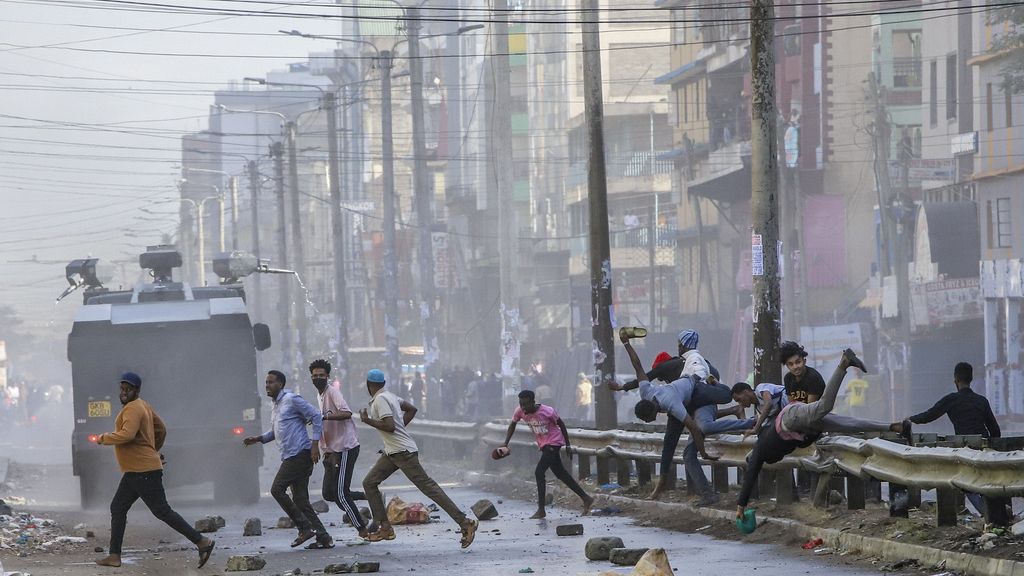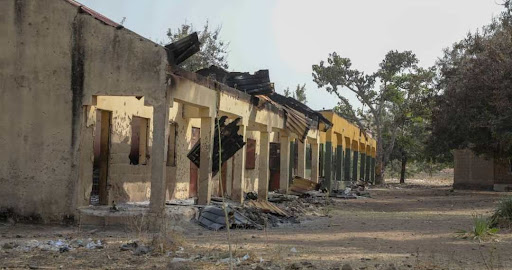A wave of unrest swept across Kenya on Monday as thousands of citizens took to the streets to demand President William Ruto’s resignation and protest the rising cost of living. The demonstrations, led by opposition leader Raila Odinga, quickly turned violent as police clashed with protesters.
In Kisumu, a western Kenyan city that is an Odinga stronghold, a university student was tragically killed by live ammunition used by police who had run out of rubber bullets. Odinga himself narrowly escaped harm, with his car coming under fire from police officers.
As the day wore on, the situation deteriorated further, with police using tear gas, water cannons, and in some instances, live ammunition, to disperse the crowds. Despite the chaos and the risks involved, Odinga vowed that the protests would continue twice a week, every Monday and Thursday.
By the end of the day, 238 people had been arrested, and 31 police officers were injured. A civil society group called out the police’s use of force, and the Independent Medico-Legal Unit reported that four protesters had died, and 50 others were injured.
The government insisted that the protests were illegal since permission was denied to hold them. However, the opposition maintained that the constitution provides the right to peaceful protests, and police are only notified to provide security.
Kenya’s deputy president estimated that the country lost around 2 billion Kenyan shillings ($15 million) due to the protests and urged Odinga to end the demonstrations. However, Odinga remained adamant, stating that the protests would continue until the cost of living goes down.















